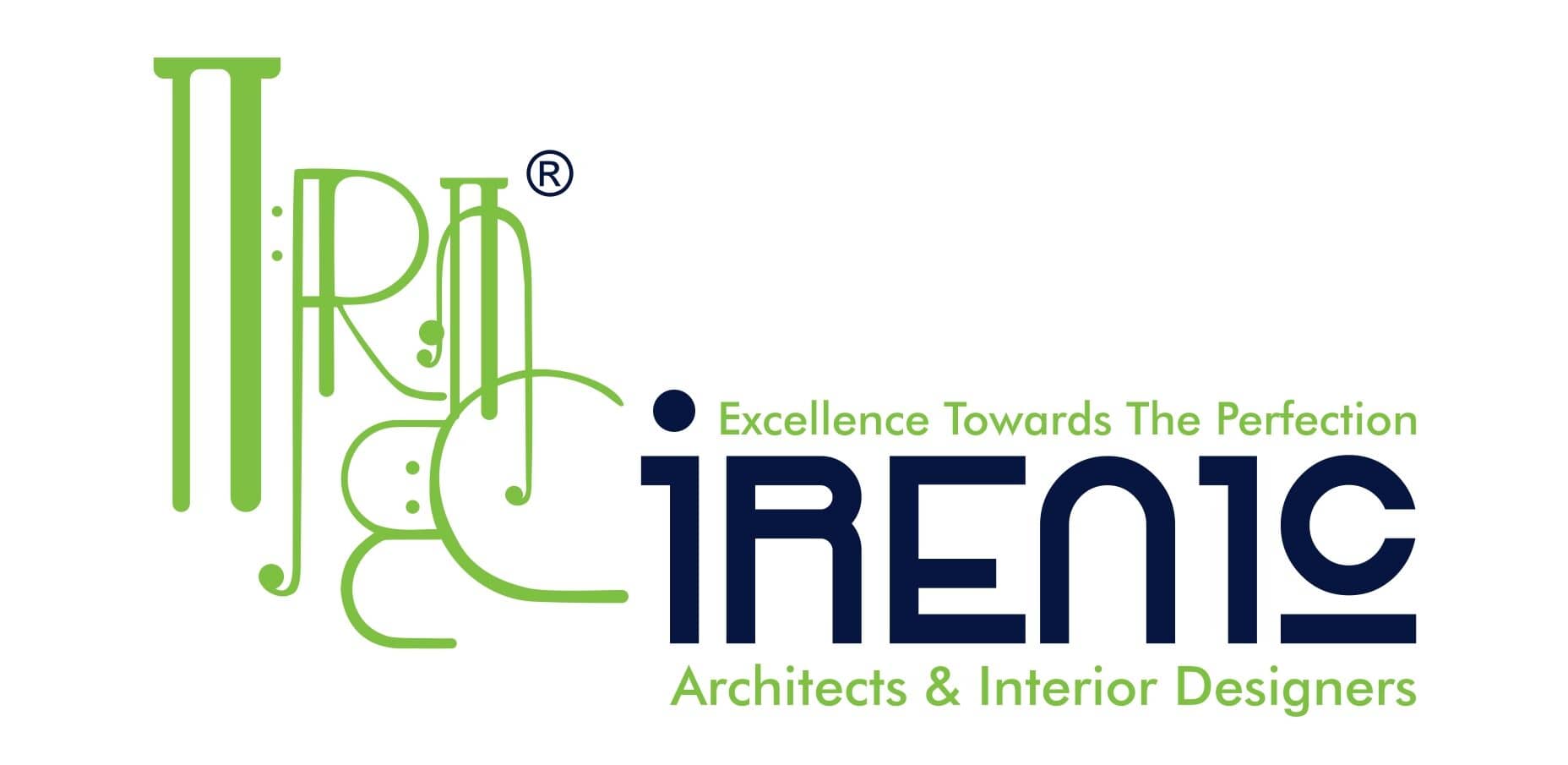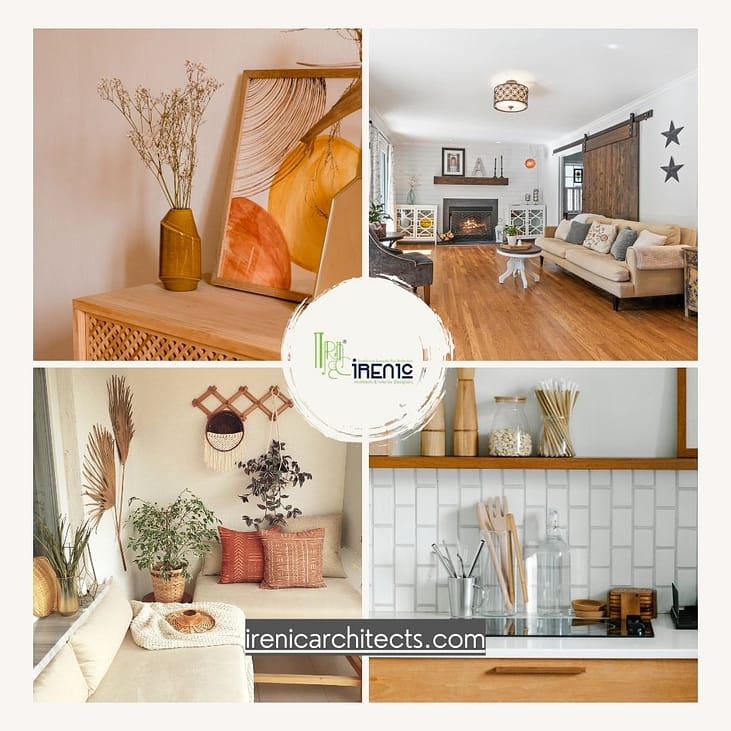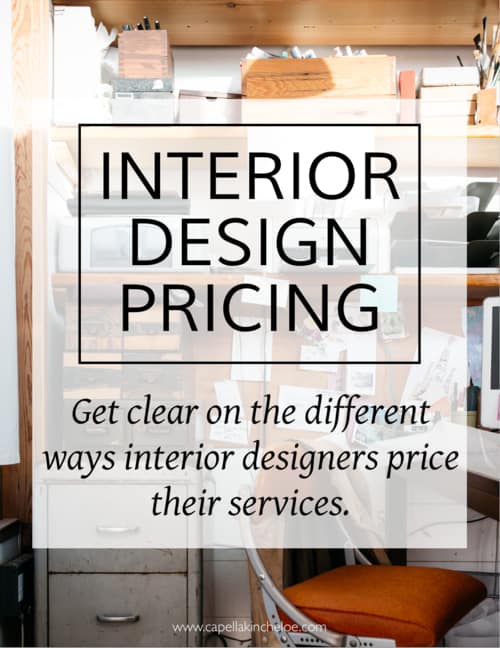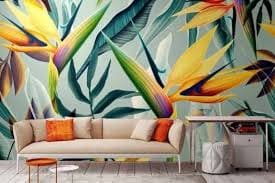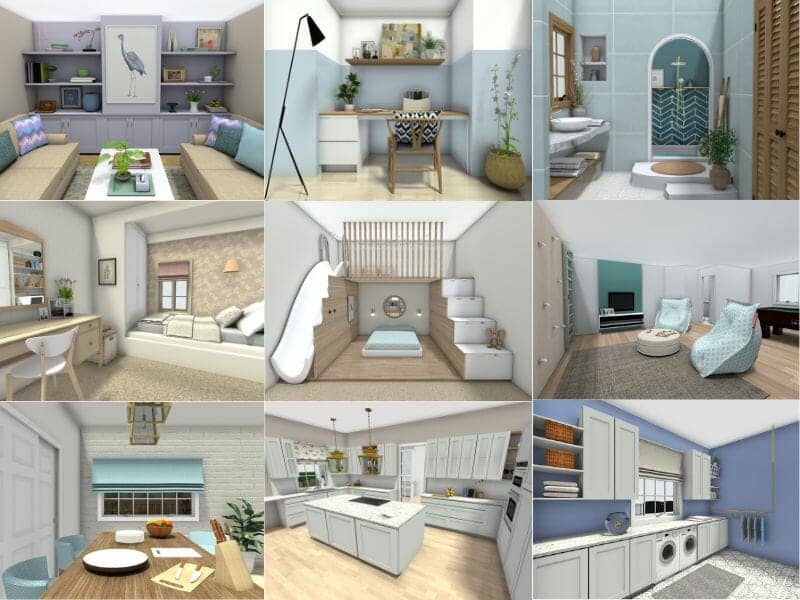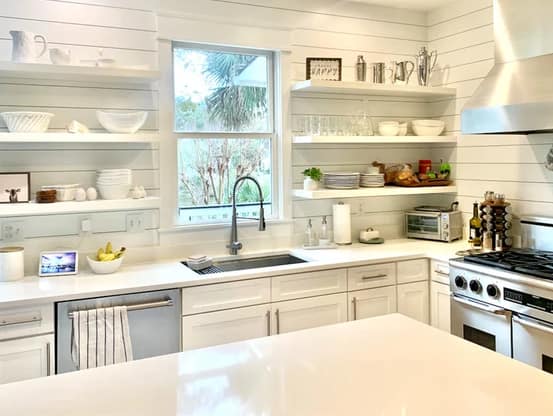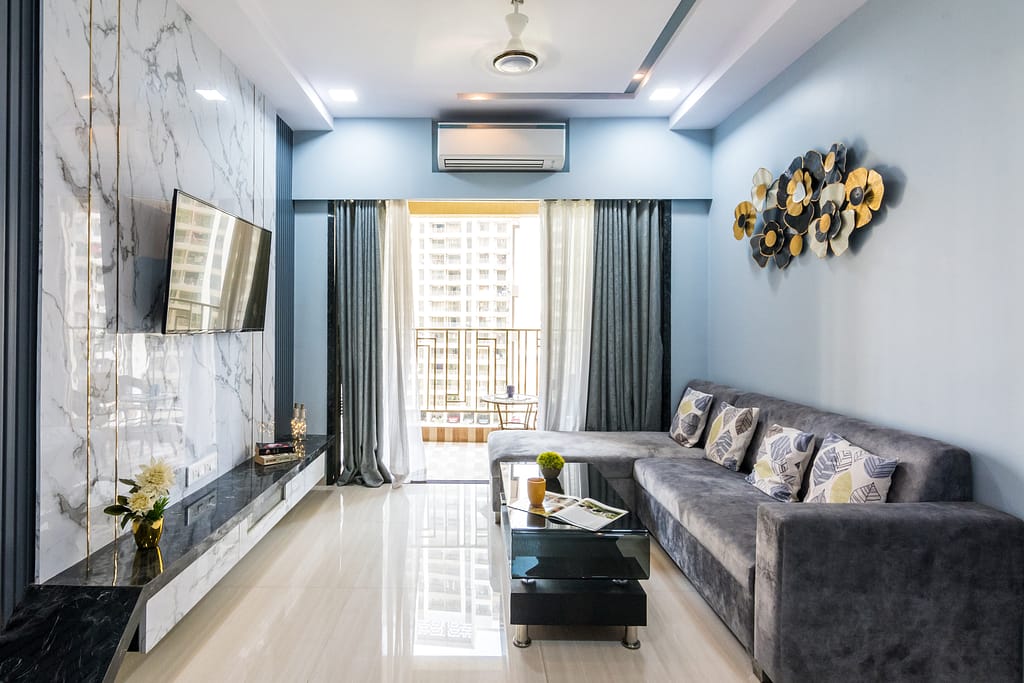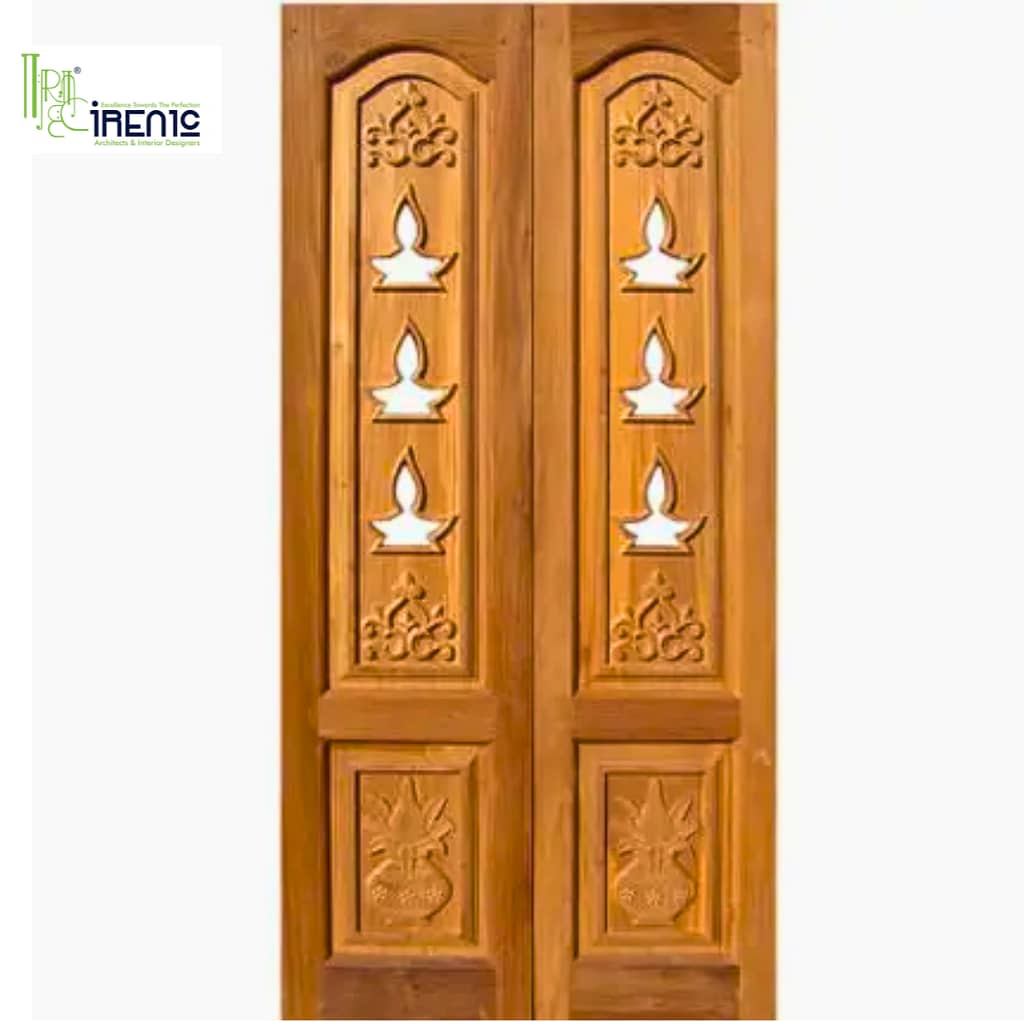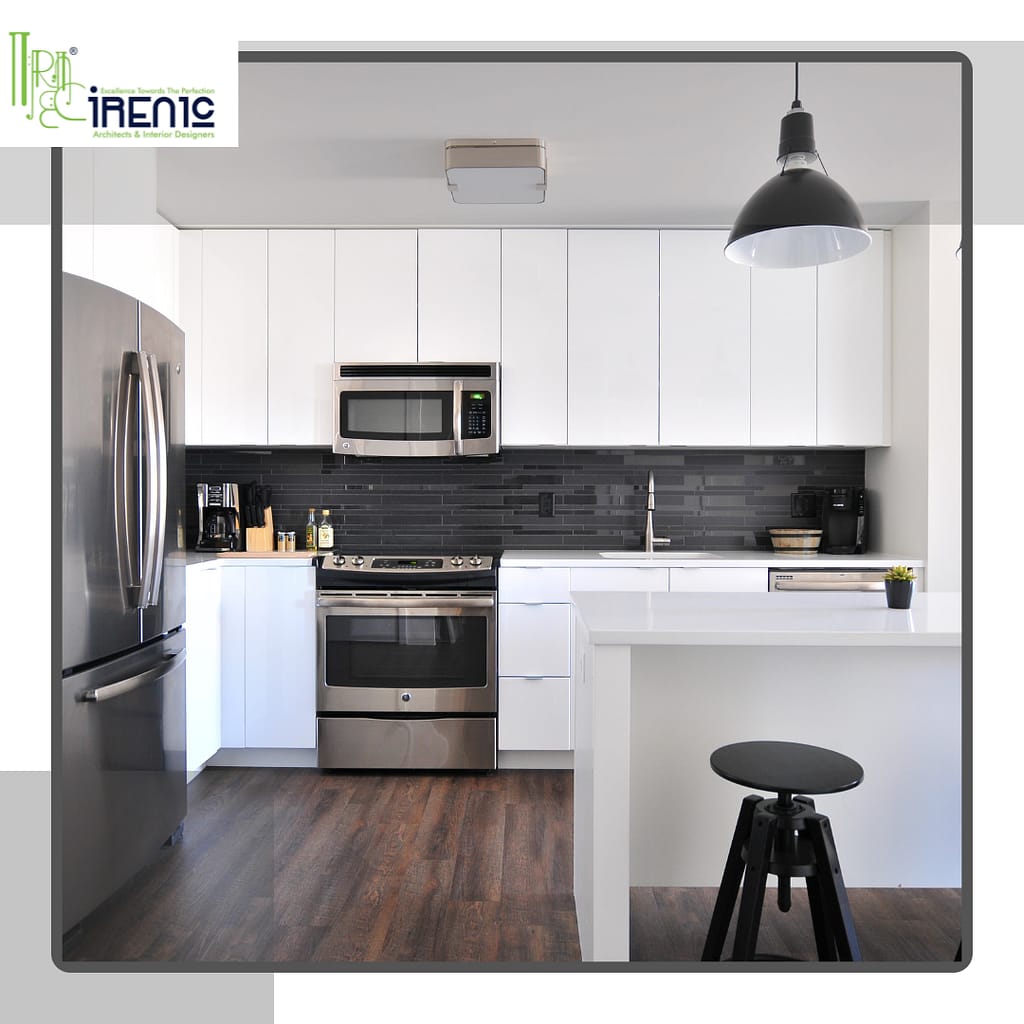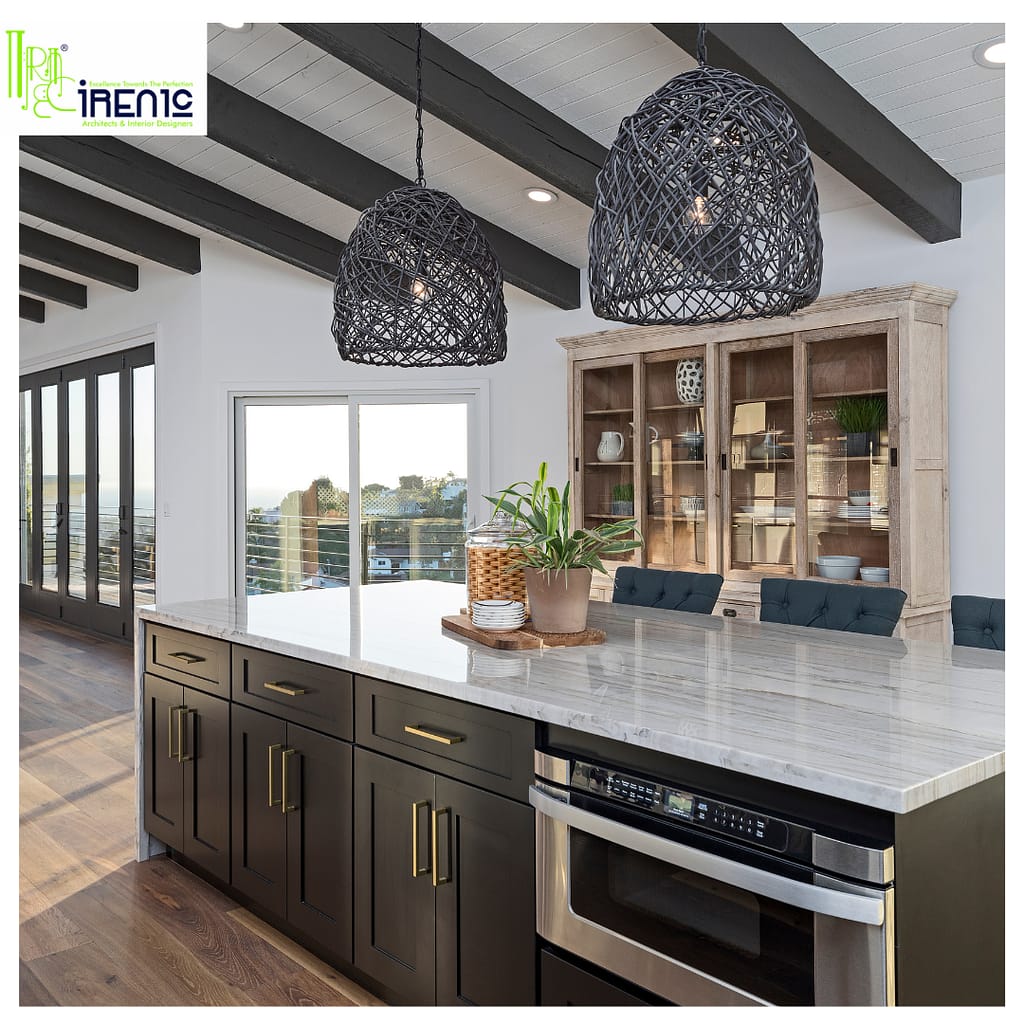When you want to give your home a new look, hiring an interior decorator can be a fantastic idea. An interior decorator helps you choose colors, furniture, and decorations that make your home beautiful and comfortable. But, one common question is, “How much does an Interior Decorator cost?” This blog will explain the costs associated with hiring an interior decorator in simple terms so even school students can understand.
Let read How Much Does an Interior Decorator Cost?
Understanding Interior Decorator Costs
Interior decorator costs can vary widely depending on factors such as location, scope of the project, and the experience level of the decorator. Typically, interior decorators charge either a flat fee, an hourly rate, or a percentage of the total project cost.
Flat fees are often applied to projects with a clear scope of work, such as redecorating a single room or providing design consultations. Hourly rates are common for smaller projects or for clients who require ongoing design assistance. Some decorators may also charge a percentage of the total project cost, which is more common for larger projects involving extensive renovations or new construction.
In addition to the decorator’s fee structure, clients should also consider other potential costs such as furniture and decor purchases, contractor fees for renovations, and any additional services requested by the client, such as project management or purchasing assistance.
1. Cost Structures
Interior decorators typically charge in one of three ways: hourly rates, fixed fees, or a cost-plus model.
- Hourly Rates: Most decorators charge an hourly rate, which can range from INR 500 to INR 5,000 per hour, depending on their experience and location.
- Fixed Fee: For a complete project, decorators might charge a flat rate. This can vary widely based on the scope of the project, the size of the space, and the level of luxury you’re aiming for.
- Cost-Plus Model: In this scenario, the decorator charges a base fee plus a percentage markup on all items purchased. This markup usually ranges from 10% to 40%.
2. Services Included
When you hire an Interior Decorator, the services typically include:
- Initial Consultation: This may or may not be free, depending on the decorator. It’s an opportunity to meet and discuss your vision, budget, and expectations.
- Design Concept: They will create a design concept that outlines the overall look and feel of the space.
- Selection of Materials: This includes choosing paint colors, fabrics, furniture, and fixtures.
- Purchasing and Installation: Handling the procurement and installation of furnishings and materials.
- Project Management: Coordinating with contractors and overseeing the project to ensure everything is completed to your satisfaction.
3. Additional Costs
It’s important to consider other potential costs that might arise, including:
- Travel Expenses: If the decorator needs to travel to your location or shop for supplies outside the local area.
- Revisions: Additional fees may apply if you change your mind about the design after the project has started.
- Unexpected Issues: Especially in renovation projects, unforeseen issues can require additional funds.
- Eco-Friendly Interior Design: Tips for a Sustainable Home
- Explore how to incorporate green materials, energy-efficient designs, and sustainable practices into home interiors.
- Maximizing Small Spaces: Innovative Interior Design Ideas
- Provide practical tips and tricks for making the most of limited space through smart furniture choices, storage solutions, and layout planning.
- The Impact of Color Psychology in Interior Design
- Discuss how different colors can influence mood and behavior, and how to use color psychology to create the desired atmosphere in a home.
- Latest Trends in Office Interior Design for Productivity
- Cover the latest trends in office design that promote productivity, creativity, and well-being among employees.
- Traditional vs. Modern Interior Design: Which Suits You Best?
- Compare the characteristics of traditional and modern design styles, helping readers choose which best fits their personality and lifestyle.
- The Essentials of Row House Architecture
- Detail the unique aspects of designing a row house, including common challenges and effective solutions for layout and space optimization.
- Luxury on a Budget: Creating Opulent Spaces Without Breaking the Bank
- Offer tips on achieving a luxurious look through affordable alternatives to high-end materials and decor.
- Renovation Tips: How to Preserve Character While Modernizing Your Home
- Provide guidance on how to update an older home with modern amenities while retaining its historical charm and character.
- How to Choose the Right Interior Designer for Your Commercial Space
- Give advice on what to look for in a designer for commercial projects, including their experience with similar spaces, understanding of branding, and creative vision.
- The Role of Lighting in Interior Design and How to Get It Right
- Discuss different types of lighting and their roles in creating ambiance, enhancing functionality, and transforming spaces.
Each of these topics is designed to attract high-income readers interested in premium interior design and architecture services, providing valuable information that helps them make informed decisions.
1. Hourly Rate
- What it is: Designers charge a set fee for each hour they work on your project.
- Best for: Small or undefined projects where it might be harder to estimate the full scope from the start.
- Considerations: Ensure you understand what is included in the hourly rate. Sometimes, consultations, travel time, and purchases may be billed separately.
2. Fixed or Flat Fee
- What it is: A single set fee for the entire project, regardless of the number of hours it takes to complete.
- Best for: Projects with a well-defined scope where both the client and designer agree on what work will be completed.
- Considerations: It’s important to have a detailed contract that outlines exactly what is included in the fixed fee to avoid unexpected costs.
3. Cost-Plus (Markup on Purchases)
- What it is: Designers charge a base fee for their design services, plus a markup on all items they purchase on your behalf.
- Best for: Projects that involve a lot of furnishings, materials, and decor purchases.
- Considerations: The markup typically ranges from 10% to 40%. Be sure to discuss the percentage and keep track of all purchases to ensure transparency.
4. Percentage of Project Cost
- What it is: The designer’s fee is a percentage of the total cost of the project.
- Best for: Larger and more comprehensive renovation projects.
- Considerations: This structure can motivate designers to select higher-quality (and possibly higher-priced) materials and contractors, which can be beneficial but also increase overall costs.
5. Retail
- What it is: Designers purchase furnishings and decor at wholesale and charge you the retail price, keeping the difference as their fee.
- Best for: Projects that need a lot of new furnishings and decor.
- Considerations: This method can simplify billing, but be aware that it might limit your options to the designer’s preferred suppliers.

6. Combination
- What it is: A mix of any of the above methods depending on the project phase or type.
- Best for: Complex projects that require flexible billing to accommodate varying stages and types of work.
- Considerations: A combination approach can be customized but requires a very clear agreement to avoid confusion over billing.
- Initial Consultation: The process usually begins with an initial consultation where the decorator gets to know you, your lifestyle, and your design preferences. This meeting sets the foundation for the project and allows the decorator to understand your vision and objectives.
- Space Planning: One of the fundamental services offered by interior decorators is space planning. They’ll assess the layout and flow of your space to optimize functionality and aesthetics. This may involve rearranging furniture, determining focal points, and maximizing natural light.
- Color Palette Selection: Choosing the right color palette can dramatically impact the mood and ambiance of a room. Interior decorators excel in selecting harmonious color schemes that complement your taste while considering factors like lighting and existing furnishings.
- Furniture and Décor Selection: From sofas to accent pieces, interior decorators curate a selection of furniture and décor items tailored to your style and budget. Whether you prefer modern minimalism or classic elegance, they’ll source pieces that enhance your space and reflect your personality.
- Custom Design Solutions: Sometimes, off-the-shelf solutions don’t quite fit the bill. Interior decorators can collaborate with artisans and craftsmen to create custom furniture, window treatments, and other bespoke elements that add uniqueness and character to your home.
- Material and Finish Selection: Decisions about materials and finishes can be overwhelming, but interior decorators streamline the process by offering expert guidance. Whether it’s choosing the perfect countertop for your kitchen or selecting flooring that suits your lifestyle, they’ll help you navigate the myriad options available.
- Project Management: Coordinating contractors, scheduling deliveries, and overseeing installations are crucial aspects of interior design projects. Many decorators offer project management services to ensure that everything runs smoothly and according to plan, saving you time and hassle.
- Styling and Accessorizing: The final touches make all the difference in bringing a room together. Interior decorators have a keen eye for styling and accessorizing, adding layers of texture, color, and personality to elevate your space from ordinary to extraordinary.
- Post-Project Support: Even after the project is complete, interior decorators often provide post-project support to address any questions or concerns you may have. Whether it’s tweaking the layout or sourcing additional décor items, they’re there to ensure your satisfaction with the end result.
By offering a comprehensive range of services, Interior Decorators guide you through every step of the design process, turning your vision into reality and creating a home that truly reflects who you are.
